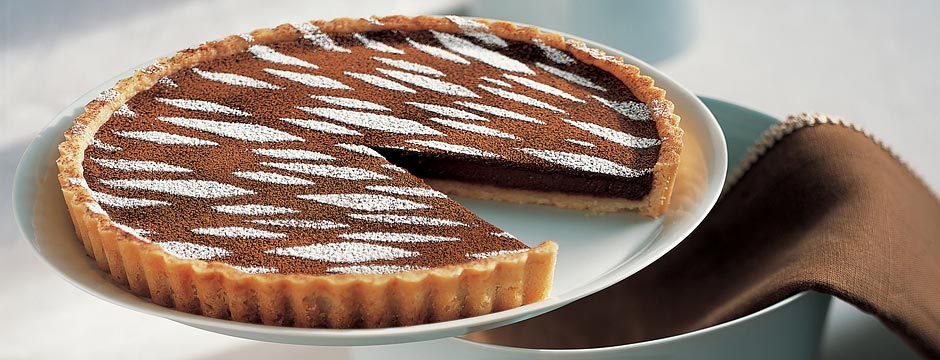Carrot Improv
January 31st, 2012 by Alice Medrich
After enjoying Mourad’s Lahlou’s carrot soup with its fresh carrot juice and vanilla (see my last post, Where Ideas Come From), I decided to try a little riff. Instead of his touch of curry, I used a very small amount of fresh ginger, nutmeg, and citrus zest. I cooked the carrots in water, puréed them and reheated the puree briefly with fresh carrot and orange juices and a couple drops of vanilla. The resulting soup had a clean, bright, fresh carrot flavor from that last minute addition of raw juice, and because I used very little fat and no cream at all in the soup. It was compellingly carrot-sweet but not too sweet and the drops of vanilla added a very subtle savory note. It seemed a bit more like a light spring soup than a rich winter dish. I did not keep track of everything perfectly, since I was just fooling around (and rather hungry) so you will have to make do with my notes.
CARROT AND CITRUS SOUP
In a covered heavy bottom saucepan over medium to low heat, soften in a little olive oil or butter, without browning: ½ sliced onion, two peeled garlic cloves, about ½ teaspoon grated ginger, and a sprinkling of salt. Stir from time to time. Add about 3 cups sliced carrots, cover and cook for another 5 to 10 minutes without browning.
Add 2-3 cups water, more salt, and a strip of orange zest removed with a vegetable peeler (about 3 inches long and ½ inch wide). Cover and simmer until the carrots are tender, about 30 minutes. Fish out and discard the zest. Use a slotted spoon to transfer the vegetables to food processor and process them until smooth, adding liquid from the pot gradually. Scrape the mixture back into the pot. Add about 2/3 cup fresh carrot juice, the grated zest of about 1/4 of the orange, juice of half of the orange, a pinch or two of nutmeg and white pepper, and a drop or two of vanilla extract. Reheat the soup, thinning it with a little water if necessary. Correct salt and seasonings (including zest and orange juice) to taste. Serve hot.
I think the recipe made 3-4 cups. It was good and I ate most of it up myself without measuring the yield—and I forgot to snap a photo until it was pretty much too late. Such is the nature of hunger for carrot soup on a Sunday afternoon. Mint leaves or cilantro would have been a lovely garnish, and maybe a dab of crème fraiche…but again, too late.
